Wakame kimchi - wegańskie kimchi z wodorostami. Wegańskie kimchi, czyli koreańska kiszonka z wodorostami wakame
Wakame kimchi to wegańska wersja klasycznej koreańskiej kiszonki. Dlaczego to wegańskie kimchi? Ponieważ morski smak sosu rybnego zastępujemy glonami. Glony wakame (brunatnice) nazywane są morską sałatą i znane są ze swoich cennych właściwości prozdrowotnych. W kuchni wykorzystuje się je w bulionach, zupach, sałatkach, daniach z ryżem i makaronem.
Wakame kimchi to nie tylko wersja dla wegan, to również pomysł na danie dla wszystkich amatorów morskich wodorostów i kiszonek.
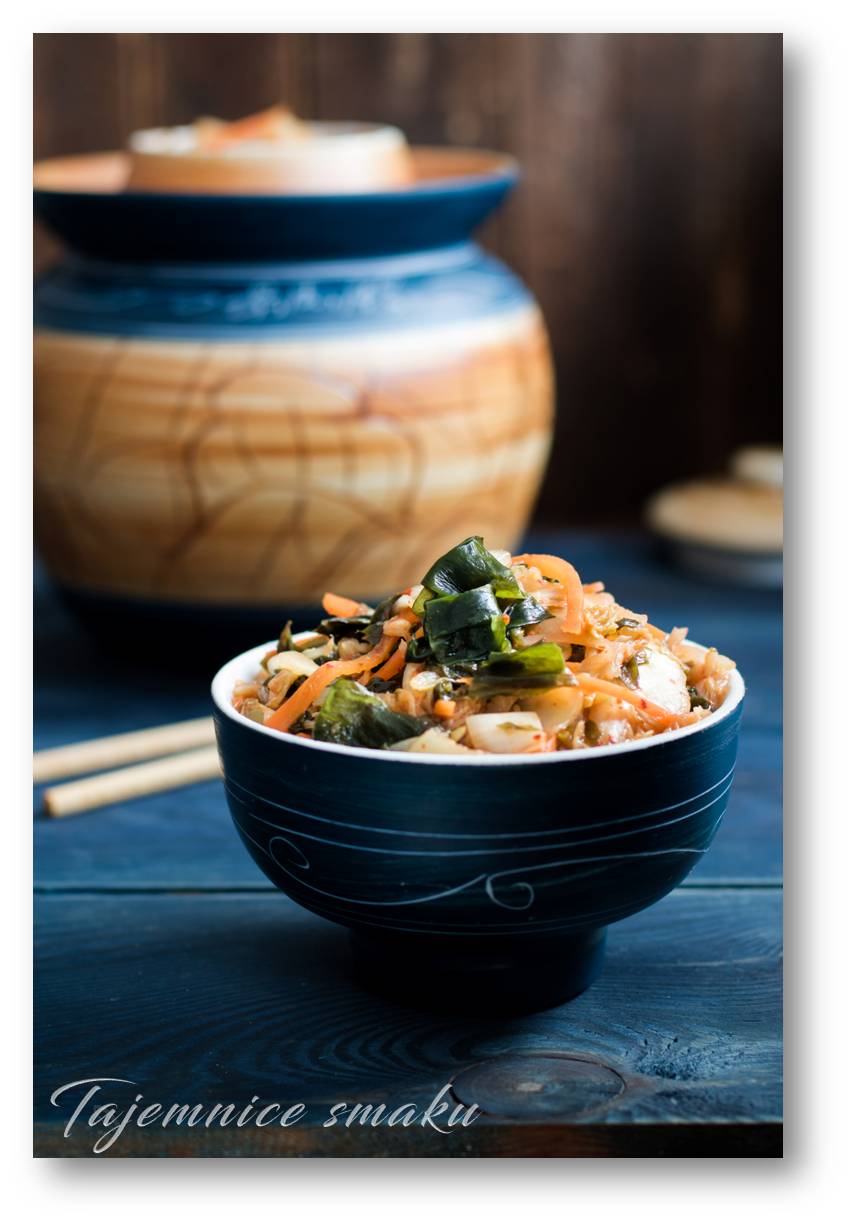
SKŁADNIKI
Kimchi
Pasta kimchi
WYKONANIE
- Wodorosty wakame zalej gorącą wodą i odstaw na 10 minut (namoczone glony 10-krotnie zwiększą objętość). Odcedź, wywar pozostaw do pasty kimchi. Wodorosty możesz pokroić w paski.
- Kapustę pekińską przekrój wzdłuż na pół i posiekaj (na grube kawałki).
- Pokrojoną kapustę przełóż do dużej miski lub wiadra, zasyp solą, zalej wodą do przykrycia.
- Wymieszaj i obciąż (np. dużym płaskim talerzem), odstaw na około godzinę.
- W czasie kiedy kapusta się maceruje przygotuj pastę kimchi.
- Zagotuj 200 ml wywaru z moczenia wakame z mąką ryżową, cały czas mieszaj, aż powstanie kleik. Dodaj cukier i odstaw z ognia do przestudzenia.
- Do przestudzonego kleiku dodaj, paprykę gochugaru, sos sojowy, obrane i starte na tarce imbir i czosnek, wymieszaj.
- Białą rzodkiew i marchewkę obierz, pokrój na cienkie plastry, następnie w słupki, tzw. julienne. Dymkę pokrój na 2-3 cm kawałki.
- Namoczona kapustę odsącz dokładnie z solanki, dodaj pastę kimchi, rzodkiew, marchewkę, osączone glony wakame, dymkę i całość dokładnie wymieszaj. Polecam do tej czynności założyć rękawiczki.
- Wymieszane warzywa przełóż do dużego słoja lub kamionki. Obciąż (np. słoikiem lub wyparzonym kamieniem), przykryj i zostaw na około 2 - 5 dni w temperaturze pokojowej. Przez ten cały czas pilnuj aby powierzchnia kimchi zalana była sokami z kiszonki.
- Po 2 - 5 dniach możesz przeprowadzić próbę, jeżeli kimchi jest już wystarczająco kwaśne przełóż w mniejsze słoiki i wstawiamy do lodówki lub np. zimnej piwnicy.
- Jeżeli masz chłodne warunki do przechowywania pozostaw kimchi w naczyniu, w którym się kisiło.
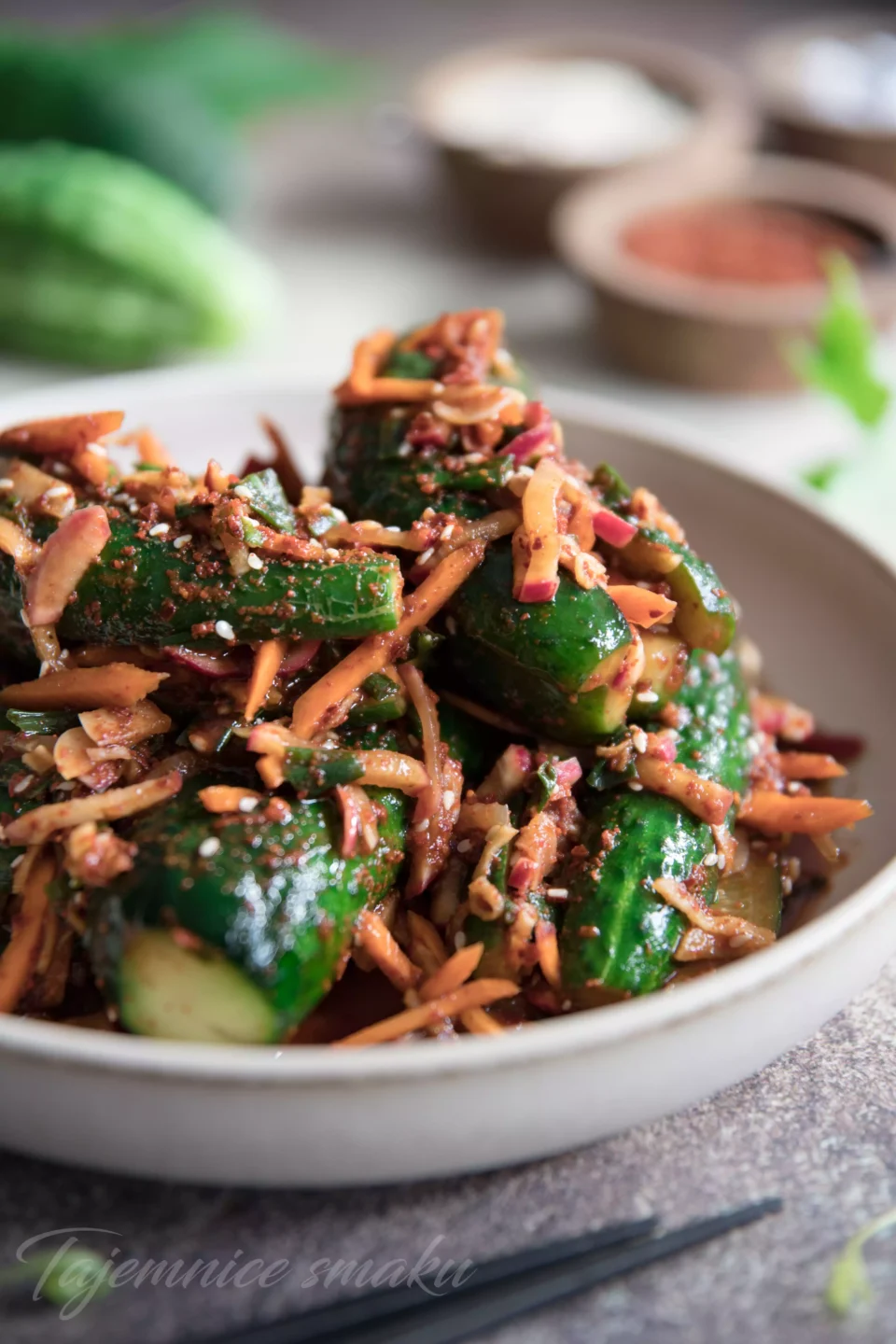
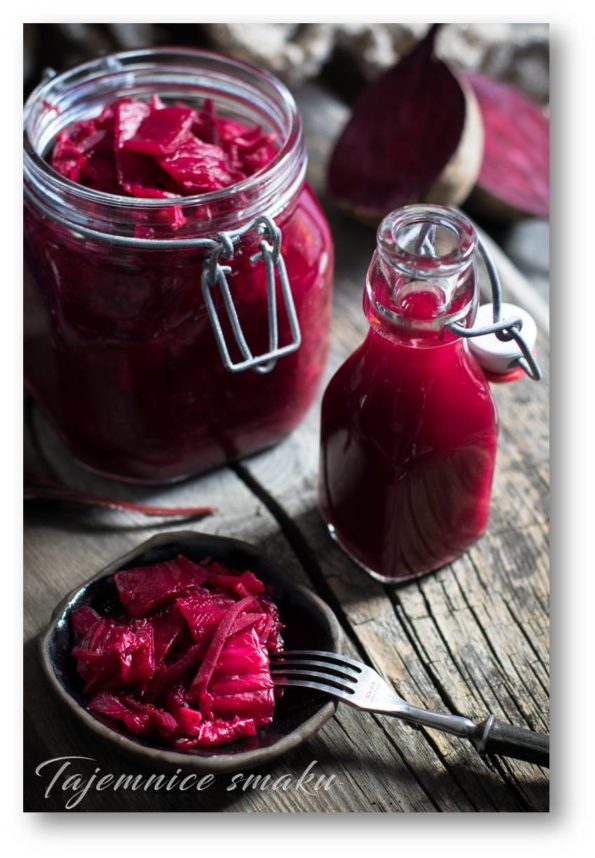
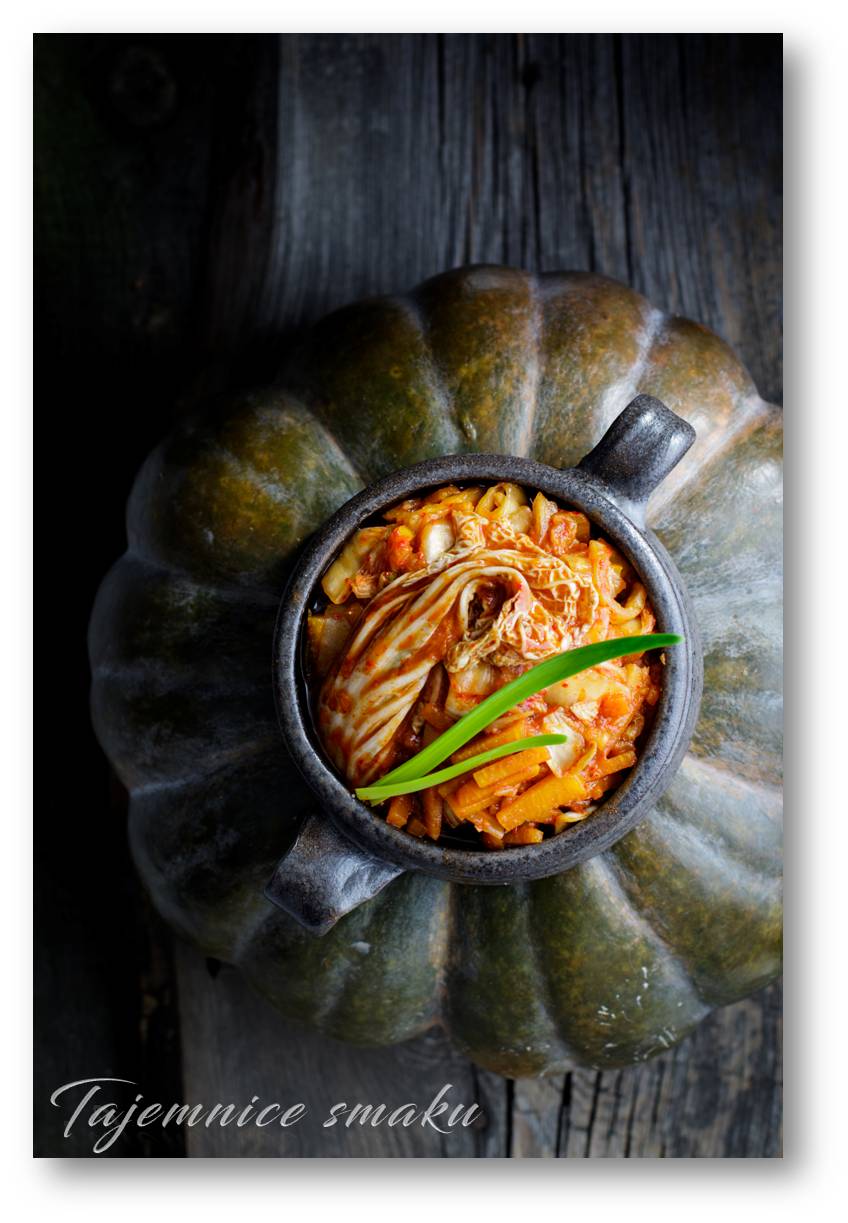
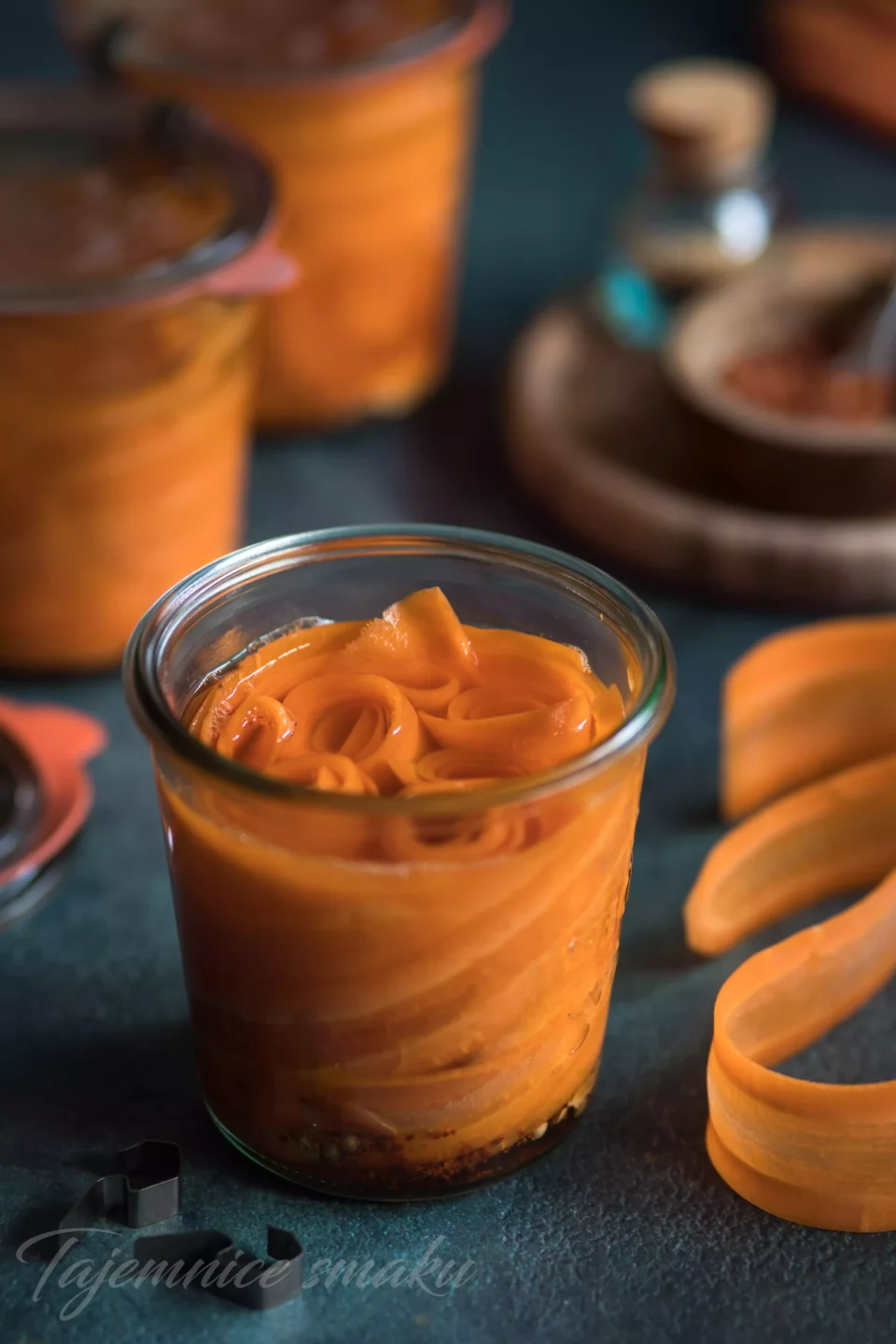

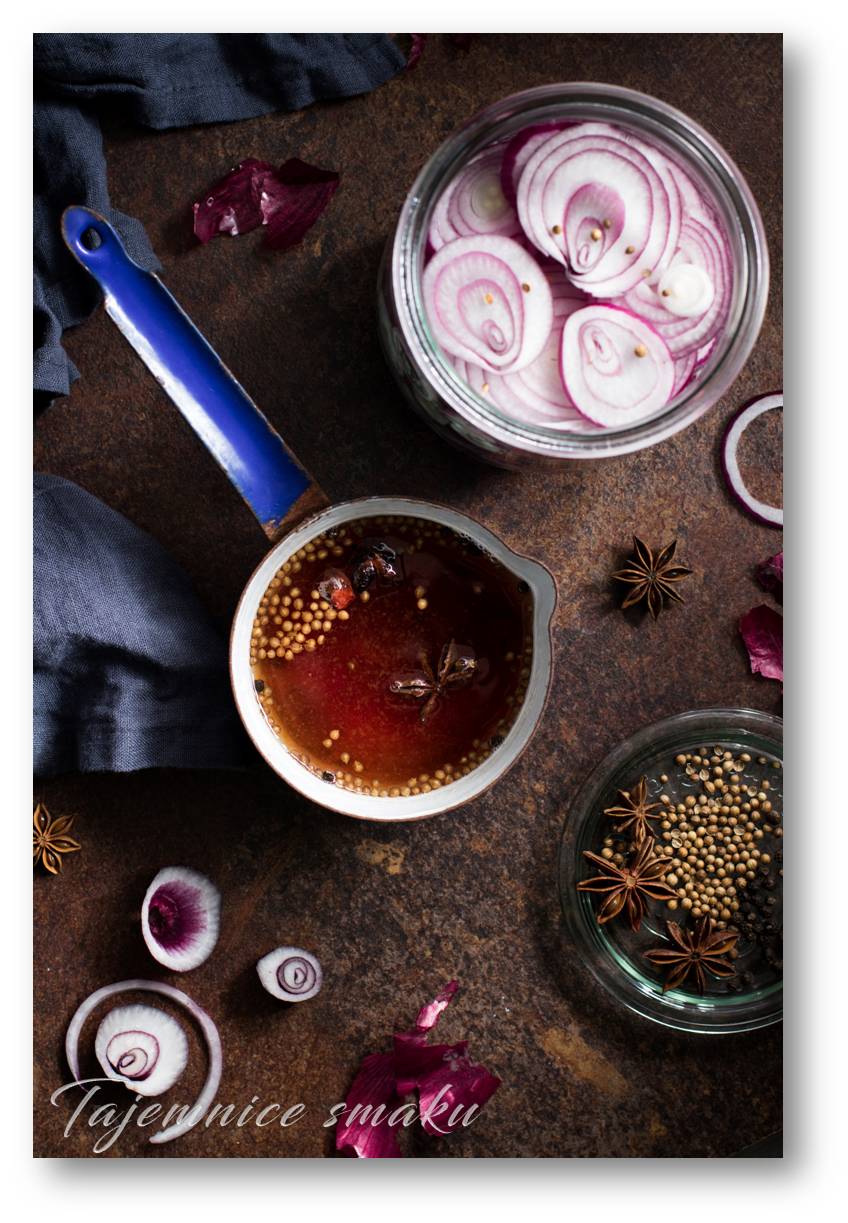
Michał 2021-11-29 02:58:09
Ciekawy pomysł z tymi glonami zamiast sosu rybnego, które może dać morski posmak. Sosu rybnego unikam ze względu na puryny.
Spróbuję tej wersji. Mam też zamiar poeksperymentować z czerwonym miso, które ma sporo umami. Można kupić niepasteryzowane i bio, wiec ciekaw jestem jak wpłynie na proces fermentacji.
Dzięki za inspiracje i pozdrawiam!
Odpowiedz
Dodaj komentarz
Twój adres e-mail nie zostanie opublikowany
Możesz się zalogować, aby automatycznie wypełnić dane.